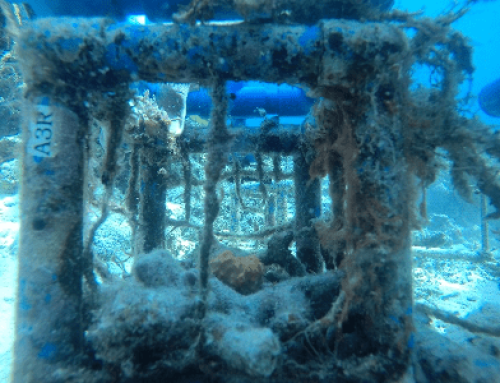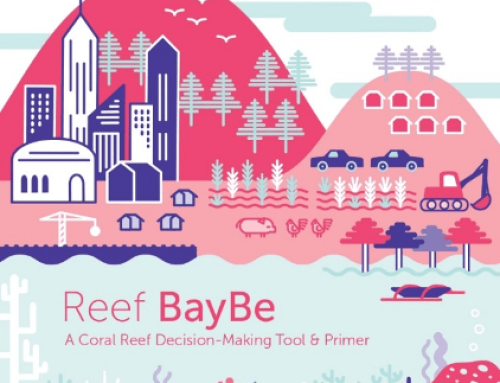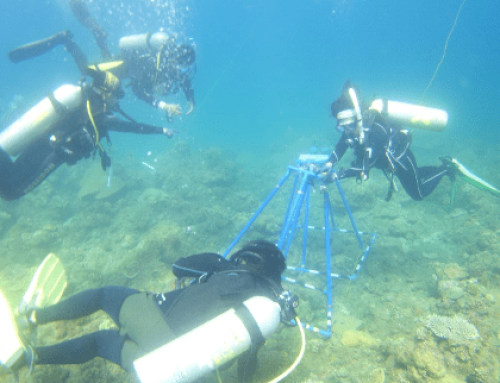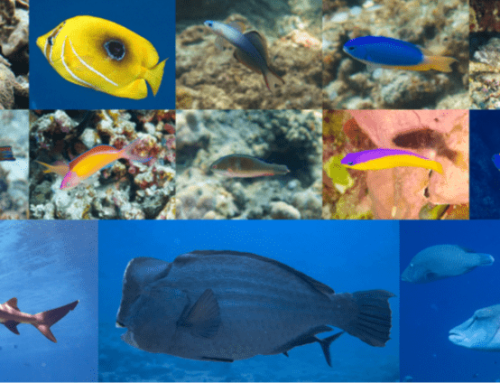In this Article

This project studied the genetic structure and connectivity of natural populations of representative coral species with varying dispersal potentials based on life history traits, e.g., a broadcast spawner (Acropora digitifera) which likely disperses further distances compared to a brooder which has restricted larval dispersal (Heliopora coerulea), and a species with mixed modes of reproduction and a wide range of dispersal distances (Pocillopora acuta). An important discovery is that in most reef sites, sexually-produced propagules likely plays a greater role in populating a reef.

Majority of the reefs surveyed exhibit high clonal richness indices, with more genetically distinct colonies produced by sexual reproduction than there are clones derived from asexual reproduction. Moreover, the study confirmed that in general, realized dispersal distances from genetic data are broadly concordant with dispersal potential from life history traits (dispersal distances from ~40 to 150km for H. coerulea and A. digitifera, respectively). Such information on genetic diversity and connectivity suggest that sexual reproduction is important in the maintenance of coral reef populations, and realized dispersal limits need to be taken into account in the design of restoration initiative involving colony transplantation or translocation.
(Production of corals: SubProgram B, Dr. Rachel June G. Ravago /UPD MSI)








